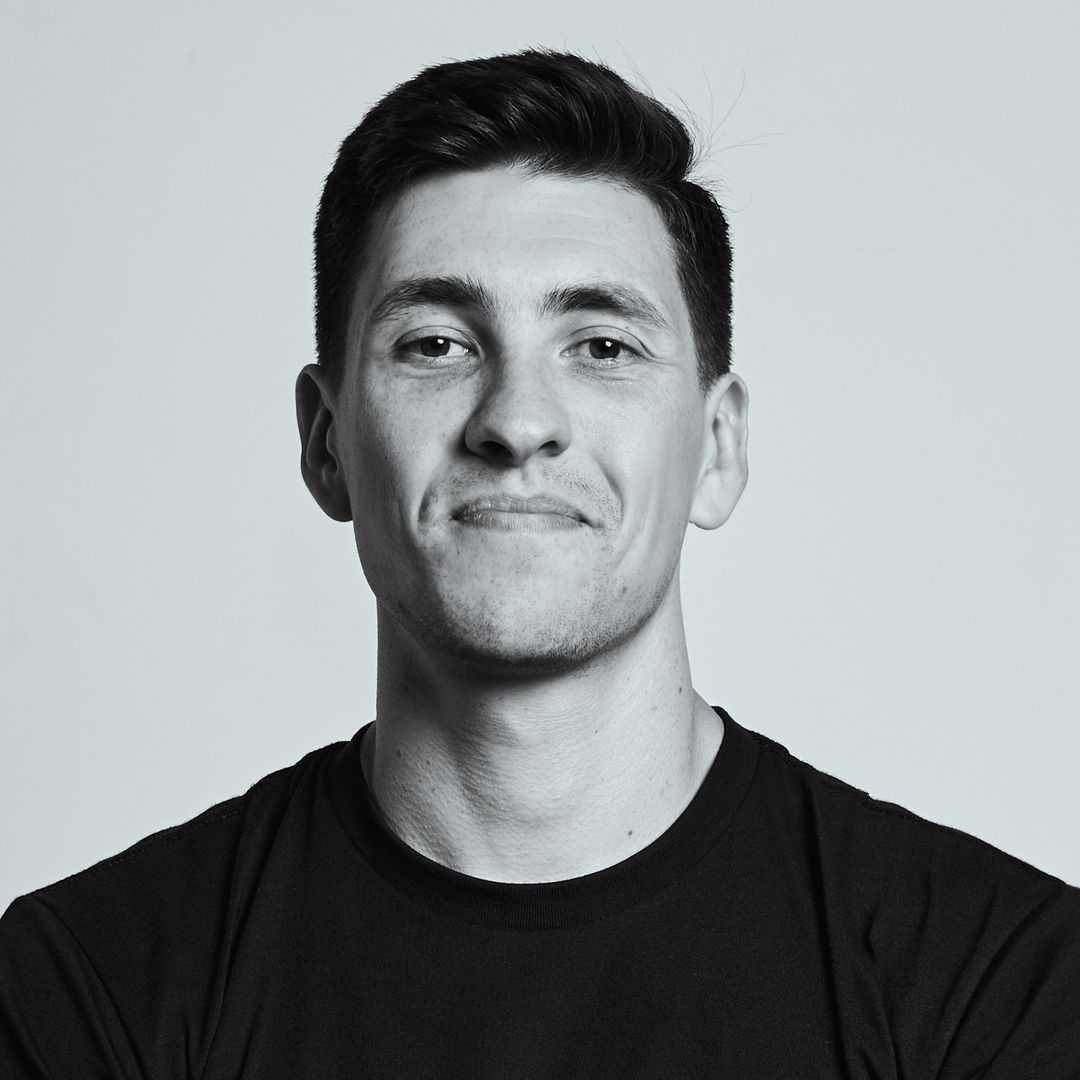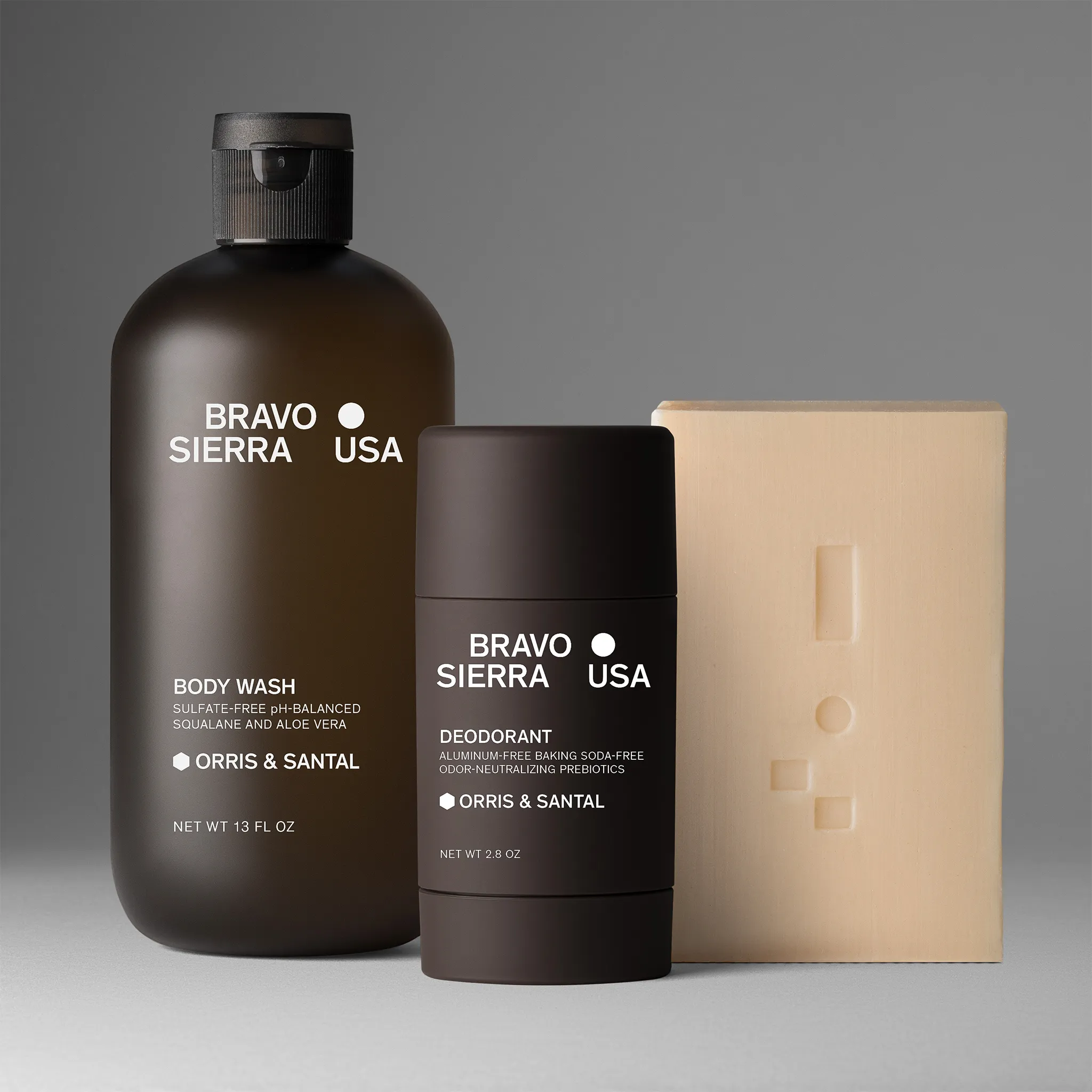What is product photography?
The product photography for an e-commerce store owner is like wheels to a car — a default part of the system that keeps the rest of the vehicle on the move. It is a fundamental ingredient of an e-commerce business, so everyone uses it. And the default industry standards are high.
We broke down the types of product photography for e-commerce beginners and pros alike: we classified them, defined them, and illustrated them with usage examples. Some types of product photography are for everyday use, and some are unique and can only be used in some instances or niches. Learn about them to mix and match your online store sales channels and communication strategy.
How photography affects business?
Product photography can affect all KPIs of an e-commerce store: average check, Return rate, ROI, CTR, CPC, customer LTV, etc. 75% of online shoppers rely on product photos as a primary factor in making purchasing decisions.
The math is simple: if you underestimate the power of professional product photography, you may be stuck forever trying to figure out why nobody buys your products. If you pay attention to the e-commerce product visuals, clients will convert more often, returns will be less frequent, the abandonment rate will go down, and your income will likely increase.
Every beginner in e-commerce makes mistakes regarding product images — we are here to help you avoid them and understand what makes e-commerce images great.
Types of product photography
We haven't found any comprehensive guide or classification of types of product photography, but we figured this would be useful for e-commerce entrepreneurs. So, in this article, we attempt to classify different types of product photography based on different factors.
By Composition
- Individual Shot. The name here speaks for itself. The goal of such a photo is to show one particular item. That's it. Notice that you are not limited in the ways you can do it. Hand model shots for watches, ghost photography, or classical product shots on a white background can all be considered individual shots. The use of the model service here is up to you. Use whatever you perceive necessary to showcase your product.
- Group Shot. Once again, the concept is clear. It's the same as an individual shot, but you present multiple products simultaneously. Model and product-only shots are possible.
- Hero Shot. This type of product photography is an ace up your sleeve (or your marketing campaign, to be more precise).''A visually striking and impactful image or scene that showcases the subject in its best light'' is a definition of a hero shot in cinematography. From cinema, the term came into the world of e-commerce and transformed into a powerful tool that allows you to market and advertise your products effectively.
Hero shot typically features a high-quality, well-lit, and clear view of the product, often in a lifestyle or contextually relevant setting to highlight its key benefits.
By Features
- Close-up Photography is a great choice for showing details. Detail shots highlight texture, materials, and accessories. Use them to make a statement: Why should I buy your product, or what's in it for me?
- Packaging Shot. Unpacking YouTube videos get millions of hits. Businesses spend thousands of dollars designing and manufacturing their branded product packaging, so it is only natural to capture the result of that investment in a shot. Hand model service might come in handy in this case.
By Context
- Lifestyle Photography. You can show your product in real-life settings so that your potential customers see the product and get a glimpse of how they can use it. Such lifestyle shots are designed to foster emotional involvement, which leads to better sales.
- Studio Photography. The perks of such shots are that you get to maintain consistency in lighting and background, ensuring a clean and polished look. Whether it's a standalone product or a shot with a model, this setup keeps things consistent and on-brand.
- E-commerce Photography. This type follows platform-specific guidelines (think Amazon or eBay), focusing on clarity and accuracy. These shots keep styling minimal — whether it's just the product or a hand/foot model in action—so customers get a clear, distraction-free view.

By Technical Approach
- 360° Photography. This type gives customers an interactive view of your product, letting them explore it from every angle. With a clean, controlled setup, these spins provide a detailed, distraction-free look.
- GIFs and stop-motion bring products to life with short, looping animations. These dynamic shots add movement and personality, making your product more engaging with models.
- Freeze Frame Shots capture motion in crisp detail, perfect for highlighting textures, fit, or functionality. These shots add energy and a sense of action to models.
By Creative Styling
- Flat-Lay Photography is all about capturing products from above, creating clean, stylish compositions on a flat surface like a table or floor. This technique, shot in a controlled photography studio with professional lighting, effortlessly enhances textures, details, and aesthetics.
- Hanging Photography. This type adds dimension by suspending products in mid-air, creating a dynamic, weightless look. It is perfect for showcasing shape, structure, or movement in a way that grabs attention.
- Ghost Mannequin Photography is a go-to for fashion. It gives clothing a natural, well-fitted appearance without a live model. This technique highlights shape and drape while focusing entirely on the garment.
- White Background Shots are considered to be the gold standard for e-commerce. They are clean, minimal, and distraction-free. This classic approach ensures that products stand out with true-to-life colors and details.
You can level up all these types with additional props and custom scenes. At Squareshot, we offer Creative shoot services as part of Per-hour photoshoots. With the help of the Prop Goods Stylist and our production team, you can create a custom shot for your marketing campaign.
Product photography tips for taking pictures that sell
- Make sure to allocate enough resources for this marketing activity, as hardly any other action on a marketing plan yields as big an ROI as product photography.
- Remember, you are competing with thousands of visual promo materials that every person is exposed to daily — the standards are high, so make sure to live up to them as a minimum requirement.
- Hire a professional product photography company specializing in e-commerce imagery whenever possible. While the prices may seem steep, the results are due to experience in the field.
- Combine different photography types across your channels of communication.
- Choose the appropriate types of photography for specific channels and purposes. The tone of voice in the visuals is as essential as in contextual communication.
FAQs: Product Photography for E-Commerce
What is product photography?
Product photography is the practice of showing items in their best light for online shoppers. In e-commerce, it’s not just about aesthetics — strong visuals build trust, help customers make faster decisions, and reduce the chances of returns.
Which types are most important for a brand?
Every brand benefits from white background images for marketplaces, lifestyle photos to show context, and close-ups to highlight details. Depending on your category, techniques like ghost mannequins or 360° spins can add extra clarity and engagement.
How does photography influence sales?
Good product photos directly impact conversions. Research shows that 75% of shoppers rely on images before buying. Better visuals increase click-throughs, raise customer confidence, and reduce returns — all of which drive revenue.
Should I do product photography myself or hire professionals?
DIY can work at the very beginning, but consistency, lighting, and editing are tough to master without experience. Professional studios like Squareshot bring the setups, workflows, and expertise that allow your brand to scale with reliable, polished visuals.
How much does professional product photography cost?
Costs vary depending on the number of images and creative complexity. At Squareshot, white background photos start at $50 each, with creative shoots and membership plans available for brands that need ongoing content at scale.
Hiring a product photographer
A professional product photo shoot is the backbone of any successful e-commerce business — it shapes how customers perceive your brand and directly impacts sales. This guide breaks down the main types of product shots by composition, features, context, technical approach, and creative styling, from individual shots and lifestyle imagery to 360° spins and ghost mannequin techniques.
In the initial stages of a business, creative solutions like hiring freelancers or doing product photography yourself can be cost-effective. However, professional photography services are a must to achieve scalability and maintain brand consistency.
You can always delegate your photography to Squareshot. Tap here to learn more.
Product A
SQUARE SHOT





























